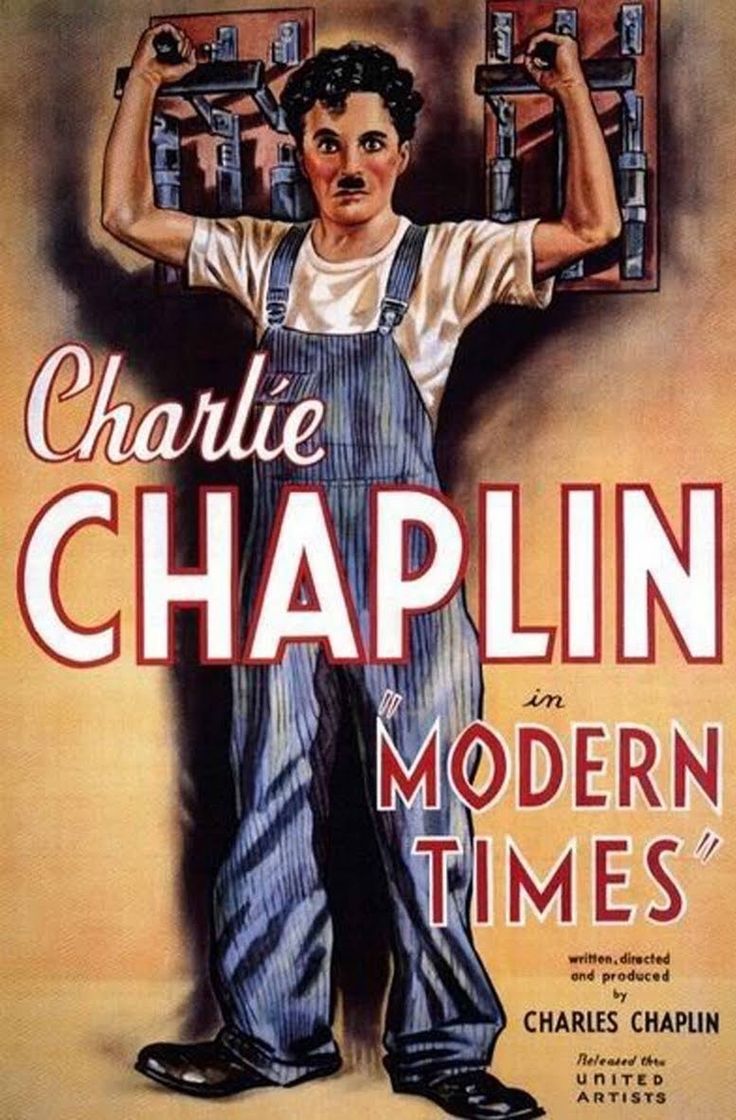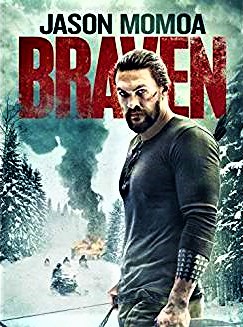Touch of Evil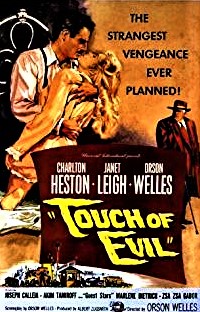
Theaters: February 1958
Streaming: October 2000
Rated: NR
Runtime: 95 minutes
Genre: Classics – Crime – Drama – Film Noir – Mystery – Suspense – Thriller
els: 8.5/10
IMDB: 8.1/10
Amazon: 4.4/5 stars
Rotten Tomatoes Critics: 8.9/10
Rotten Tomatoes Audience: 4.2/5
Metacritic Metascore: NA/100
Metacritic User Score: NA/10
Awards:
Directed by: Orson Welles
Written by: Orson Welles (screenplay), Whit Masterson: aka Robert Wade and Bill Miller (book)
Music by: Henry Mancini
Cast: Orson Welles, Charlton Heston, Janet Leigh, Marlene Dietrich, Zsa Zsa Gabor
Film Locations: US
Budget: $829,000
Worldwide Box Office: $2,247,465
A man runs through a parking lot in a small Mexican town along the US border carrying a small package, placing it in the trunk of convertible moments before the owner and driver, Rudy Linnekar (Jeffery Green) and his young girlfriend Zita (Joi Lansing) arrive. With the bomb ticking in the trunk of the car, Linnekar slowly drives through the town, filled with tourists and locals enjoying the cool night, heading for the nearby US border and home. As they are driving, they pass the strolling newly married couple of Mike Vargas (Heston), a Mexican drug cop, and his American wife Susie (Leigh). The car crosses the border into the US and explodes.
Captain Quinlan (Welles), an obese cop with a bum leg, walking with the aid of a cane, arrives to take over the investigation of bombing. He quickly surmises that Sanchez (Victor Millan), who is secretly married to Rudy Linnekar’s daughter Marcia (Joanna Cook Moore), is the prime suspect. Quinlan’s partner Pete Menzies (Joseph Calleia) plants incriminating evidence in Sanchez’s apartment and he is arrested. Vargas knows that the evidence against Sanchez was planted and begins to investigate the bombing and Quinlan, while letting his wife spend her honeymoon alone in some cheap deserted hotel in the dry scrublands of the American southwest.
Welles loosely based the movie’s screenplay on a 1956 Red Badge Mystery serial novel, Badge of Evil by Whit Masterson. The crime novel slowly solves the mystery of who killed Rudy Linnekar by blowing up his house with dynamite. The murder is investigated by police officers Hank Quinlan and Leron McCoy along with an assistant district attorney. The 2 cops quickly make an arrest of Ernest Farnum, who soon commits suicide, even though incriminating dynamite was found in the apartment of Linnekar’s future son-in-law Delmont Shayon.
Whit Masterson is a pseudonym for 2 authors: Robert Allison “Bob” Wade and H. Bill Miller. The pair, good friends since the age of 12, wrote more than 30 novels in their lifetimes with at least 6 adapted for movies. Two other well received movies adapted from their books, in addition to this movie, were the 1942 All Through the Night with Humphrey Bogart, and The Yellow Canary starring Pat Boone.
Orson Welles, director, writer, actor, producer, and occasional illusionist was born an entertainer. Shakespeare and presenting visual interpretations of the classic books were his passions. His colossal talent spanned the stage, radio, and movies, bequeathing an artistic ensemble to the world that increases in stature every year. In 1938, Welles produced, directed, and acted in Caesar, an updated version of Shakespeare’s Julius Caesar. The play was a monumental success. In the same year he narrated Mercury Theater’s adaptation of H. G. Wells’, The War of Worlds, bringing him instant fame or at least infamy. In 1941 Welles, wrote, produced, directed, and acted in his greatest gift to movie goers everywhere: Citizen Kane. A critical success on opening but financially not too great, held back by the Hearst’s family distaste and advertising boycott of the movie. Its impact on the public, though, has increased over time and by 2017 it was considered the greatest film ever made. He is also considered the 2nd greatest director of all time, with only Hitchcock ranking above him.
A Touch of Evil was Welles’ last Hollywood movie and one of the last in the film-noir genre, at least in the era of Hitchcock, Wilder, and Huston. It ranks as one of his finest. Filmed in black and white, his use of upward shots, long sequences, and garish, crowded scenes gives the movie a dark and sinister look, foretelling from the beginning an ending of bleakness and sorrow.
Welles and Dietrich steal the show. They are the 800 pound gorillas among the lesser greats of Heston, Leigh, and Cotton. Heston’s acting is worthy of his name and this movie but casting him as a Mexican is a head scratcher. Every time he appears in a scene you have to think about why he is portraying someone he clearly isn’t.
A Touch of Evil expresses the shadows of our lives that we all try to suppress, not by standing in the light but hiding them in our dark lonely places. Quinlan always getting his man regardless the cost, Vargas forsaking his wife to play the good cop, crime bosses sinking lower, night watchmen to afraid to do the right thing. A tale of crossroads, with the right and left forks leading to the same forlorn scene of heartache and grief.
This is a movie you need to add to your “Must Watch in My Lifetime” list. It is a great film-noir movie consistently ranking as one of the top 100 movies of all time.
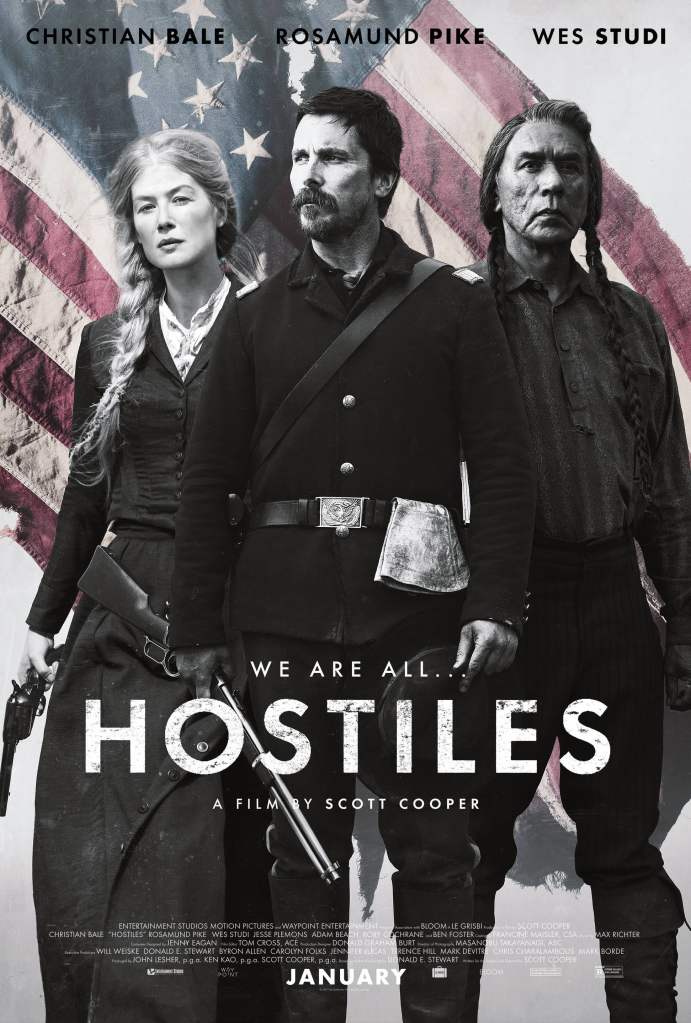




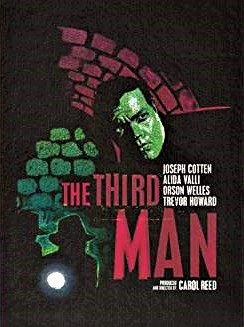
 A pedestrian movie filmed in Vienna would require a musical score relying heavily on orchestral waltzes with dance scenes showing gay Venetians circling the glossy dance floors of resplendent Viennese palaces. Well this movie isn’t pedestrian by any means; no waltzes, no orchestras, and no palaces make an appearance. The entire score is delivered by a single instrument; the Zither, a multi-stringed, wooden instrument played either in an upright position or laid flat on one’s lap. The movie opens with the Anton Karas playing an instrumental on a Zither. It is initially foreign and harsh to the ear but as the movie progresses you warm to its sound and melody, eventually succumbing to its hypnotic effects, realizing in the end that no other musical approach or sound would have worked.
A pedestrian movie filmed in Vienna would require a musical score relying heavily on orchestral waltzes with dance scenes showing gay Venetians circling the glossy dance floors of resplendent Viennese palaces. Well this movie isn’t pedestrian by any means; no waltzes, no orchestras, and no palaces make an appearance. The entire score is delivered by a single instrument; the Zither, a multi-stringed, wooden instrument played either in an upright position or laid flat on one’s lap. The movie opens with the Anton Karas playing an instrumental on a Zither. It is initially foreign and harsh to the ear but as the movie progresses you warm to its sound and melody, eventually succumbing to its hypnotic effects, realizing in the end that no other musical approach or sound would have worked.